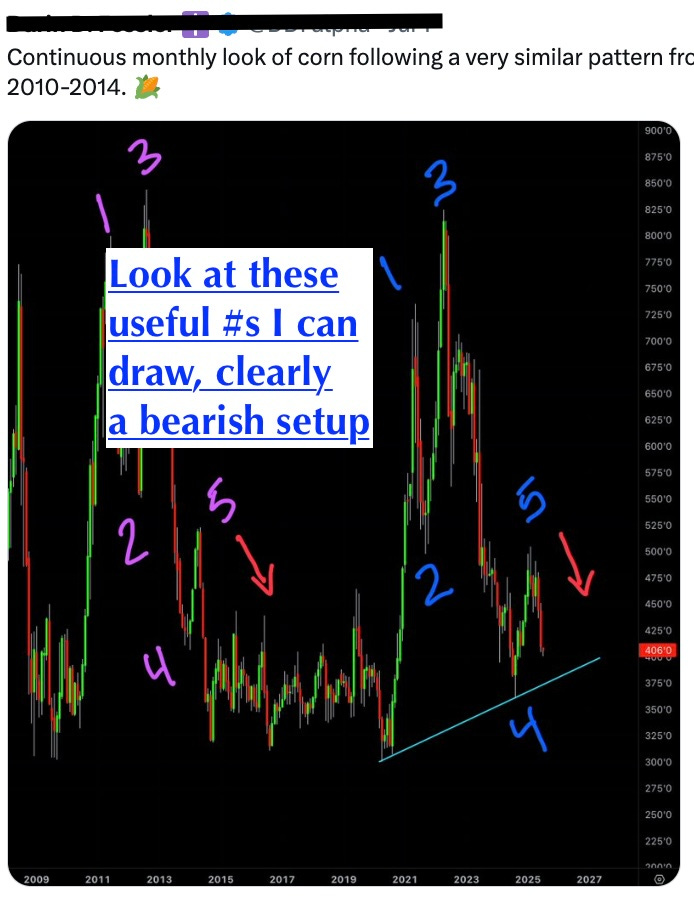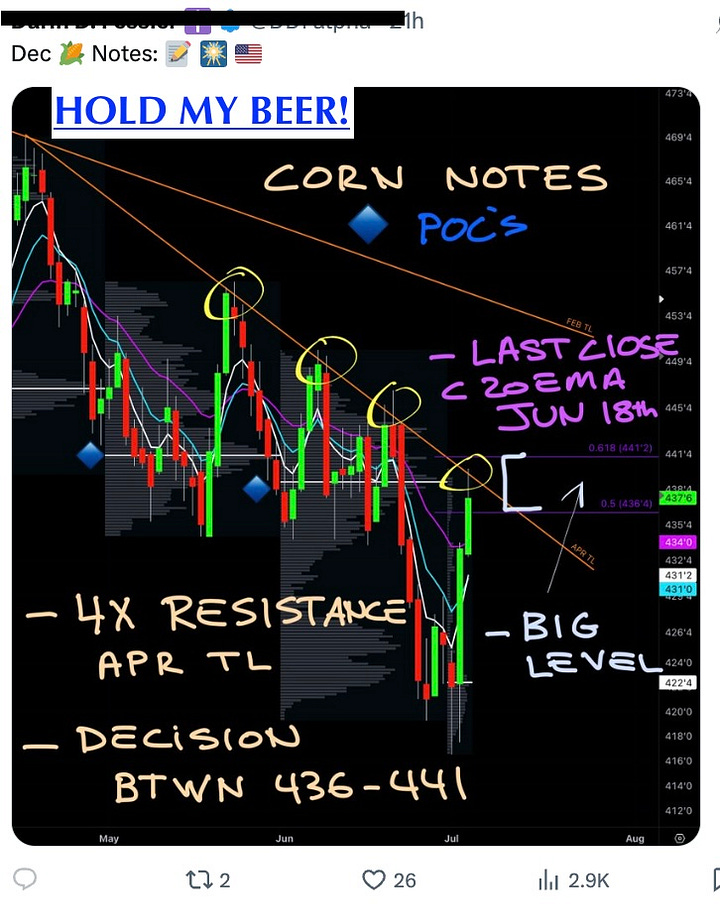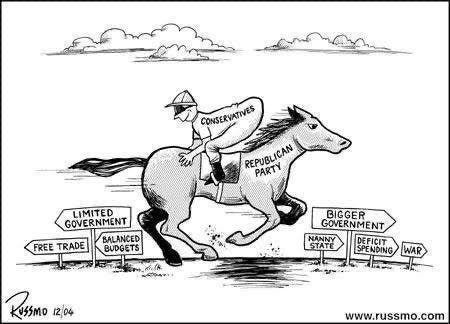GLAAM on the 4th of July, a Critical Weekend for Weather
Deciphering the Weather Signal from the Forecaster's Noise, Another Tool for Your Toolbox
Happy July 4 to all our friends and subscribers. I'm flying to the US as I write, it’s my first trip in a year. I'm extremely excited to spend time with certain individuals and meet with investors and clients.
The image below is 20 years old. As a Conservative who resides in a society destroyed by the political-debt-cycle of increased government spending to meet election promises…
What do Weathermen & Traders Have in Common?
My reaction when someone sends me a weather map covered in obscure acronyms? I tense up. Here we go again. In the same vein as research on social media from the outspoken accounts.


Friendly advice: if your advisor uses Elliot Waves, data mines correlations, and flips because corn bounced off oversold conditions, you are overpaying. But, Nico, it’s free on social media. Still overpaying.
I will be redundant: I have no formal training in meteorology. So things that might seem obvious to the seasoned forecasters often aren’t to me. But that’s exactly what pulled me into weather in the first place, realizing how little I actually understood, even with a broad background in commodity markets.
Like most traders, I used to talk about the weather in headlines. I’d say things like:
“The latest GFS is erratic and probably wrong, look at the Euro.”
“That blocking pattern could shift into the grain belt.”
Always referencing a map or a model that supported my view and, more importantly, my position.
However, once I began examining the data that went into weather models, it became clear that the goal wasn’t to discuss the weather, but to understand its impact on crops. Like an epiphany: most meteorologists were doing the same thing I was—sifting through countless models to fit their bias—the human version of data-mining. This is a good way to consistently underperform.
Let that sink in. The line between objective forecasting and personal opinion is blurry. Many weather professionals build their outlooks just like traders do—by forming a narrative and choosing models to confirm it. Who knew?
The takeaway? Don't take any single forecast as gospel. The job is to stay skeptical, interpret risk, and look at how the data changes—not how it confirms our biases.
Weeding Out the Meteorologists
I’m always on the lookout for weather experts who either have traded or at least think like traders. That means acknowledging uncertainty, risk, and the real-world implications of bad calls. If someone’s touting forecast accuracy by citing clients’ P&Ls—that’s a huge red flag 🚩🚩🚩
Let’s be honest: forecasters don’t take positions. And the louder someone brags about how much money they’ve made for clients, the less likely it is to be true. If they could generate alpha via weather, they wouldn’t be touting it on LinkedIn.
One subscriber (a true grain and weather guru, in my view) flagged something this week that caught my attention: a possible GLAAM setup. For those unfamiliar, GLAAM is a global angular momentum measure tied to large-scale atmospheric dynamics. I don’t know what that means either, so we will explore it together below.
I’ve always been skeptical of obscure indicators, but this reader explained it in plain language, with context around historical correlations.
I posted the conversation above for a reason: this subscriber knows I track when the big weather calls are made—and by whom. BAM has been active this spring, planting the flag for a scorching hot summer 🥵 and drought conditions ☀️.
Just like CWG sticking with record dry Safriña calls this past March. Or Sizov writing off the Russian wheat crop in December. We take note of these calls because it’s the only way I can decipher if they are reporting the weather or lobbing opinion grenades, hoping one hits. Fortunately, we can then validate with data.
If you use those services and find value—great. Keep using them. If you're looking for a second set of eyes, AiQ is built for exactly that. It’s a fraction of the price, $80 for a year, while we develop the platform. It’s an independent way to verify the stories you're being told.
Global Atmospheric Angular Momentum (GLAAM)
Here is the technical definition, followed by an explanation of what it means—what you should care about.
GLAAM measures how fast the atmosphere is spinning relative to Earth's rotation. It comprises two main components:
Relative Angular Momentum: Arising from zonal (east-west) wind patterns.
Mass Component: Related to the distribution of atmospheric mass.
Essentially, this equation (source here) reflects how the wind pushes the mass in the atmosphere, influencing the world's angular momentum.
NOAA has a time series located here.
The real-world use case for GLAAM was described to me this way…
Keep reading with a 7-day free trial
Subscribe to Nico AiQ to keep reading this post and get 7 days of free access to the full post archives.









